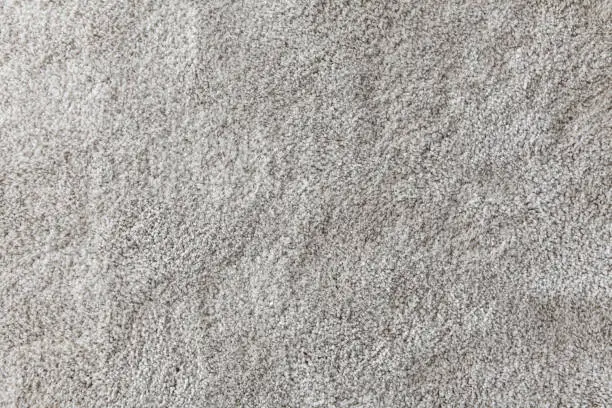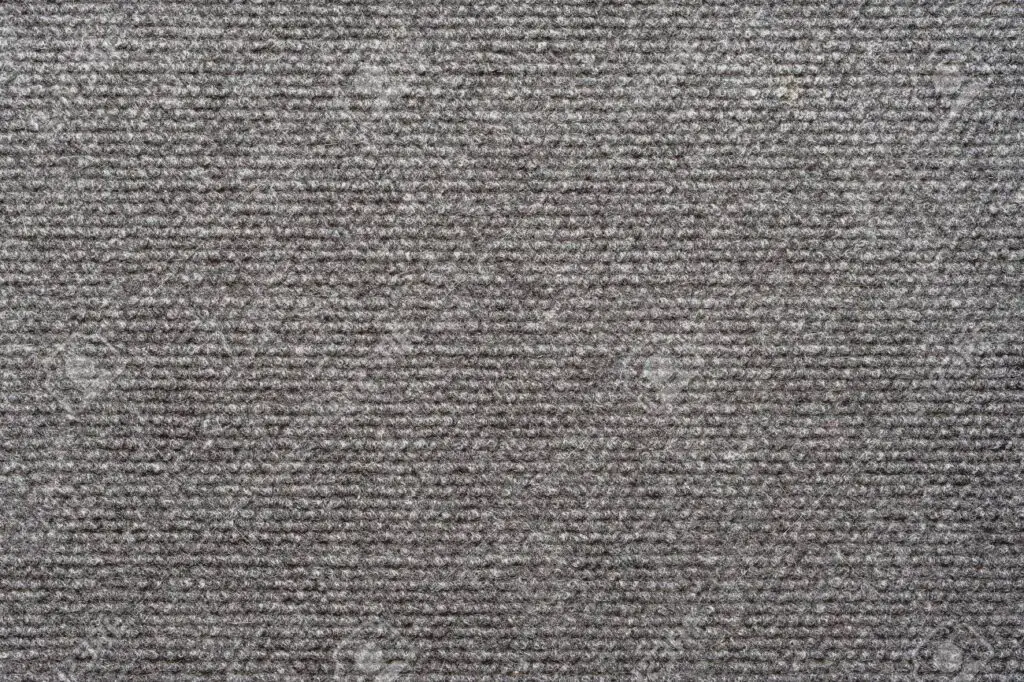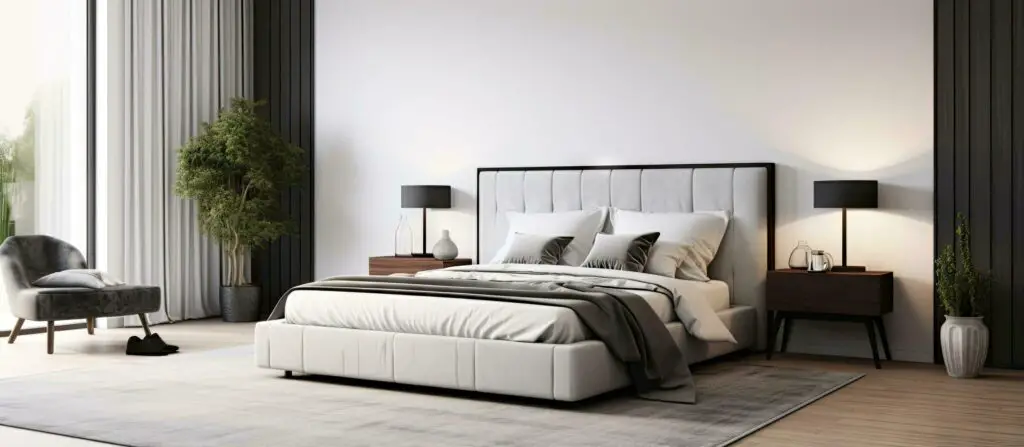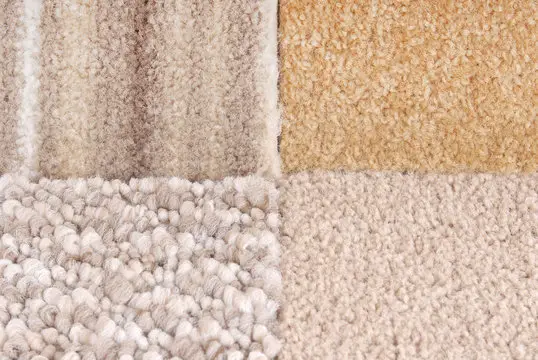When it comes to selecting the ideal carpet for your home or office space, the wool versus nylon carpet debate is a critical one. The choice between these two prominent materials depends on a myriad of factors including durability, comfort, environmental impact, and aesthetic appeal.
Wool, a natural fiber, offers a luxurious feel and superior resilience, while nylon, a synthetic option, provides exceptional stain resistance and affordability.
Both options have their unique attributes and drawbacks, making the decision a significant one for homeowners and interior designers alike.
In this comparison, we’ll delve into the key aspects of wool and nylon carpets, helping you make an informed decision on which is the best fit for your flooring needs.
Selecting the correct carpet material is not merely a matter of personal taste; it’s integral to ensuring that the flooring withstands the wear and tear of daily life, aligns with environmental values, and fits within budgetary constraints.
The carpet choice significantly influences the long-term appearance, maintenance requirements, and overall ambiance of a space, making it crucial for consumers to weigh their options carefully before making this commitment.
Wool Carpets

Natural Fiber Origins
Wool carpets boast a rich heritage, hailing from the time-honored practice of sheep farming. The natural fibers are sourced from the soft, protective coating of sheep, which is sheared, cleaned, and spun into yarn.
This process ensures that wool carpets are not only a product of sustainable practices but also carry the intrinsic benefits of a material that has evolved through centuries to provide insulation and comfort.
Warmth and Insulation Capabilities
The thermal properties of wool are renowned; its fibers naturally form a crimped texture that traps air, providing unparalleled insulation.
This makes wool carpets inherently warm underfoot, an ideal choice for cooler climates or those seeking coziness in their living spaces. Beyond physical warmth, wool’s insulation capabilities also encompass sound, dampening noise effectively and contributing to a serene indoor atmosphere.
In homes with high ceilings or open floor plans, wool carpets can significantly reduce echo and foster a comfortable acoustic environment.
Durability and Longevity

Wool is synonymous with resilience; its fibers inherently possess a high degree of elasticity, allowing wool carpets to withstand heavy foot traffic and maintain their shape over time.
The natural strength of wool fibers contributes to the carpet’s longevity, resisting wear and tear and ensuring that it can retain its aesthetic appeal for years. Additionally, wool has a natural protective layer that repels water and dirt, providing an added advantage when it comes to cleaning and maintenance.
These properties make wool carpets a wise investment for those looking to combine luxury with durability.
Flame Resistance
One of wool’s most impressive natural characteristics is its inherent flame resistance. Unlike synthetic materials that can melt or ignite easily, wool fibers possess a high ignition point, which makes wool carpets naturally resistant to burning.
The composition of wool includes a high nitrogen and water content, which contributes to self-extinguishing properties if the material were to come into contact with fire.
This aspect of wool not only ensures added safety in residential and commercial settings but also meets rigorous fire safety standards, reinforcing wool carpets as a preferred flooring option for spaces demanding strict compliance with fire regulations.
Hypoallergenic and Environmentally Friendly
Wool carpets naturally enhance indoor air quality due to their hypoallergenic properties. They can trap dust, pollen, and other airborne allergens among their fibers, preventing them from circulating in the air and making them easy to remove with regular vacuuming.
This feature is particularly beneficial for those with allergies or asthma. Moreover, wool is a sustainable and renewable resource, with sheep producing a new fleece annually, making wool carpets an eco-friendly choice.
Additionally, wool is biodegradable and decomposes in the soil, releasing valuable nutrients back into the earth, which underscores its environmental benefits compared to synthetic alternatives that may contribute to landfill issues.
Maintenance and Cleaning Requirements

To ensure longevity and preserve the natural beauty of wool carpets, proper maintenance is key. Regular vacuuming, at least once a week, is recommended to remove dirt and prevent the fibers from becoming packed down.
Spot cleaning should be done immediately after spills occur, using a clean cloth and mild detergent, to avoid permanent staining. For deep cleaning, it is advisable to hire professional cleaners who specialize in wool carpets, as they have the knowledge and equipment to clean effectively without causing damage.
Additionally, it’s important to keep wool carpets away from prolonged exposure to direct sunlight to prevent color fading. Rotate the carpet periodically for even wear and to maintain its luxurious texture and appearance.
Cost Implications
Investing in wool carpets involves understanding the initial cost about long-term value. Wool carpets are often more expensive upfront compared to synthetic options; however, their durability means they can endure years of use while retaining their appearance.
Over time, this can translate to cost savings, as the need for frequent replacements is reduced.
When accounting for costs, it is also essential to include the price of routine maintenance and professional cleaning services, which, although contributing to the overall expense, are crucial in preserving the carpet’s quality and prolonging its lifespan.
Considering the environmental impact, wool carpets also offer an ethical investment that supports sustainable practices and contributes to a healthier ecosystem, potentially providing intangible savings and benefits that go beyond mere financial calculations.
Nylon Carpets

Synthetic Fiber Composition
Nylon carpets are manufactured from synthetic fibers which offer exceptional strength and soil resistance. These fibers are engineered to withstand the daily wear and tear of high-traffic areas, making them a popular choice for both residential and commercial settings.
Resilience and Elasticity
The resilience and elasticity of nylon fibers contribute to the carpet’s ability to maintain its shape over time. This means it is less likely to show signs of crushing or matting, even in places where foot traffic is incessant.
Stain Resistance and Ease of Cleaning

Nylon carpets come with built-in stain-resistance technologies, allowing for easier cleaning and maintenance. Spills and stains can often be cleaned with simple household products, reducing the need for professional cleaning services.
Variety of Colors and Textures
With advancements in manufacturing, nylon carpets are available in a wide range of colors and textures. This variety ensures that they can suit a broad spectrum of interior design preferences and offer versatility for any room’s aesthetic.
Affordability
While offering numerous benefits synonymous with more expensive materials, nylon carpets are generally more affordable. This makes them an attractive option for budget-conscious consumers looking to blend functionality and style without compromising on quality.
Environmental Considerations
Although not a natural fiber like wool, nylon carpets have made strides in environmental sustainability. Many nylon carpets are now recyclable, and some are made from a significant percentage of recycled materials, easing their impact on the environment.
Related Topics:
Comparison and Contrast
Comfort and Feel Underfoot

Nylon carpets are designed with a focus on durability, but this does not mean they compromise on comfort. They are generally soft to the touch and provide a pleasant cushioning underfoot, due to their resilient fibers.
In comparison, wool carpets are renowned for their natural softness and luxurious feel.
Wool’s natural crimp adds a sense of springiness that enhances the underfoot experience. While both materials offer a comfortable surface, wool tends to have a more opulent texture, whereas nylon provides a practical, though still cozy, feel suitable for high-traffic areas.
Aesthetic and Design Options
When it comes to aesthetics, nylon carpets offer a remarkable array of colors and patterns due to advanced dye technologies, enabling homeowners to achieve a custom look that complements their interior design effortlessly.
In contrast, while wool carpets exude an inherent beauty and traditionally come in more muted and natural colorways, they lack the same level of variety found in nylon carpets.
Wool’s natural hues lend well to classic and timeless designs, whereas nylon’s spectrum of colors accommodates trends and personal preferences, making it easier to match any room’s decor.
Both materials allow for a range of designs, but nylon provides a more extensive palette for personal expression.
Lifespan and Wear Patterns
Nylon’s synthetic makeup gives it an inherent long-term durability that often results in a longer lifespan, especially in high-traffic zones of a home or commercial space. It resists wear and tear, and innovations in carpet technology have also improved its resistance to fading and staining.
On the other hand, wool carpets have a natural resilience to compressing and hold their shape well over time, which contributes to a lasting appearance if properly maintained.
However, wool is more susceptible to wear in heavily trafficked areas and can be prone to fading with prolonged exposure to sunlight.
Both materials will exhibit wear patterns over time, but with appropriate care and maintenance, they can retain their appearance and functional qualities for many years.
Suitability for Different Areas in the Home

Nylon carpeting, with its robust resistances, is particularly well-suited for areas of the home that encounter high levels of foot traffic such as living rooms, hallways, and stairs. Its ability to maintain shape and color in the face of constant use makes it an ideal choice for active households.
Conversely, wool with its luxurious texture and natural warmth is often favored for bedrooms and less frequented spaces, offering a sense of tranquility and comfort underfoot.
While both can be used throughout various home settings, the choice may ultimately hinge on the specific demands of each space and the desired ambiance.
Cost-Effectiveness Over Time
Although the initial investment in nylon carpets may be more cost-effective compared to wool, it’s the long-term perspective that often dictates the true value.
Nylon, with its synthetic durability, tends to have a lower upfront cost and requires less specialized care, making it a budget-friendly option over time. Wool, while typically associated with a higher initial price tag, boasts longevity and timeless elegance that can reduce the need for frequent replacements.
Furthermore, wool’s natural insulating properties can contribute to energy savings by retaining warmth.
When evaluating cost-effectiveness, homeowners should consider not only the purchase price and maintenance costs but also the lifespan and energy implications of their carpet choices.
Conclusion
In summary, when considering nylon versus wool carpets, homeowners must take into account the unique advantages and disadvantages of each to find a solution that aligns with their specific needs and budget constraints.
Nylon carpets stand out for their practical durability and cost-effectiveness, making them an excellent choice for busy and high-traffic areas. On the other hand, wool carpets offer a luxurious, natural alternative with superior warmth and longevity, ideal for creating a cozy retreat in quieter zones of the home.
If the primary focus is on long-term value and aesthetic appeal with energy-saving benefits, wool is the superior option, despite its higher initial cost.
Ultimately, the best carpet choice is one that meets the demands of your lifestyle while reflecting your taste and contributing to the comfort and beauty of your home environment.
FAQs
How does the durability of wool carpets compare to nylon carpets in high-traffic areas?
Wool carpets are naturally durable and resilient to foot traffic, but nylon carpets are specifically designed for high-traffic areas due to their synthetic fiber construction, which provides enhanced resistance to wear and tear. Nylon often maintains its appearance longer in these conditions.
Can wool carpets aggravate allergies more than nylon carpets?
Wool carpets can be beneficial for allergy sufferers because wool naturally absorbs and neutralizes airborne pollutants and allergens. However, nylon carpets are non-absorbent and less likely to develop mold or mildew, which can also be beneficial for individuals with allergies.
Is there a significant maintenance difference between wool and nylon carpets?
Wool carpets require more specialized cleaning techniques due to their natural fibers and may need professional cleaning services to maintain their look and feel over time. Nylon carpets are more stain-resistant and can be easier to clean, often requiring only regular vacuuming and occasional deep cleaning to keep them looking fresh.


2 thoughts on “Wool vs Nylon Carpet: The Great Debate”